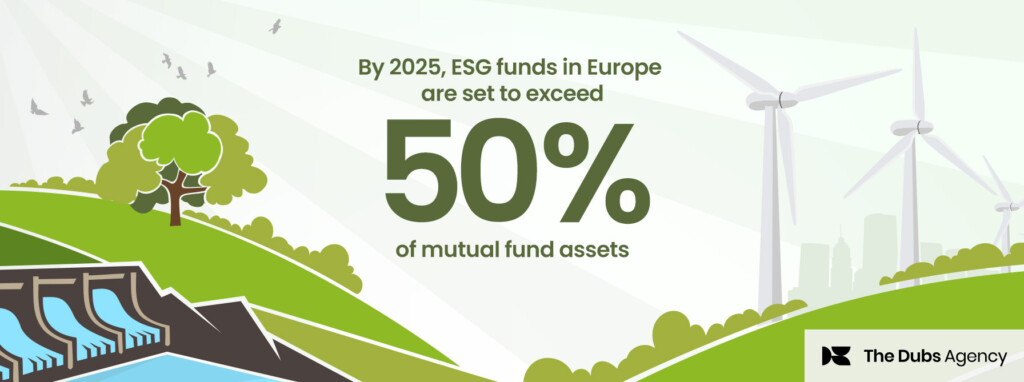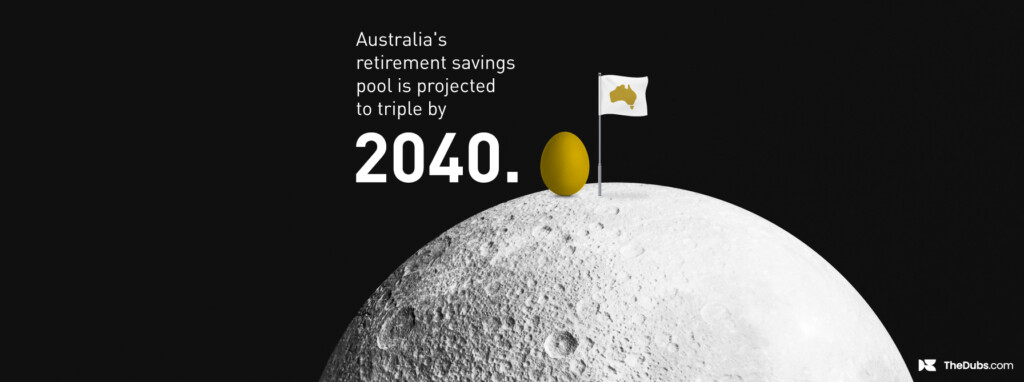31% of B2B marketers say email newsletters are the best way to nurture leads according to the Content Marketing Institute. So how do you encourage newsletter subscriptions? Or if you already have a healthy sign-up rate, how could you experiment with different tactics to boost those numbers further?
1. Position your CTAs where everyone can see them
Your calls to action (CTAs) to drive newsletter subscriptions should be easy to find, in multiple locations if possible. At the top of the sidebar and above the navigation/in the header are two common spots that are hard to miss – but it can vary depending on your site design.
“ Your CTAs to drive newsletter subscriptions should be easy to find, in multiple locations.”
Vanguard’s home page for Institutional Investors uses a ‘subscribe’ link in its top navigation bar, and another link in the web footer to catch people using the site map.

The UBS Chief Investment Office has links from several of its relevant pages to increase the likelihood of attracting newsletter subscriptions, using different wording depending on context.

It’s surprising how many firms bury their sign-up CTAs on interior pages, given the great ROI newsletters deliver to marketers. When you’ve figured out your best potential placements, it’s a good idea to A/B test different options and see what works best for you.
[dianomi]
2. Reduce clicks where you can
When asking people to subscribe to your EDM, as a general rule avoid having them click away to a sign-up page. Every click is making it more likely they’ll drop off, regardless of the incentives.
Instead, grab their email using an easy, immediate entry field, often through an embedded data capture form on the home page and other highly-trafficked pages.
The other general rule with newsletters is if you do have a sign-up form, try and make it as short as possible, asking for essential information only – again, to deter people from dropping off during the subscription process.
The reality for many financial services brands, in particular asset managers, is there are regulatory requirements that mean you need to ask clients to read terms and conditions first, then enter their details. This definitely increases the number of clicks required and necessitates a sign-up page.
Because large firms often publish a range of daily, weekly and/or monthly emails for investors to select from depending on their areas of interest, it also means asset and wealth manager sign-up pages may have more steps than your average consumer brands. (See these BlackRock and Vanguard pages as examples.)
This makes it a longer journey for the subscriber, but the pay-off is the email marketing is more personalised to the user.
3. Put links to your sign-up page on all your online assets
Hosting a free webinar or other desirable event is an opportunity to add a link to solicit more sign-ups: free insights in exchange for contact details.
Adding CTAs in your social media is another option. While there are apps that let you add sign-up pages on Facebook, and X Cards that let subscribers sign up for an email list, LinkedIn doesn’t encourage it. The best you can do is add a subscription form on your LinkedIn company page by pasting your sign-up form URL into your contact information.
You can also include links to sign up within your blog pages, like this UBS example – see the ‘Want more insights?’ CTA at the end of this article about 5G in China.

If you have a current report available that’s likely to be attractive to your desired segment, try publishing a short article that summarises the report and ask for newsletter subscriptions at the end of the article to have the full guide or report emailed to the reader.
Also, think about having everyone in your organisation include the newsletter subscription link in their email signatures with a strong opt-in message.
4. Language in your newsletter subscription messaging
The language in your subscription CTA needs to be on-brand, relevant and to the point. It’s a good idea to experiment with different phrases that speak to your audience. Attract your reader’s attention with something fresh and appropriate for the business area in question.
Be specific about what you’re offering, remind them of the benefits of subscribing; and be clear about how often they will receive the newsletter, in case they’re concerned about being overwhelmed with emails.
Also note that the language around your sign-up box should vary according to where the site visitor is in their journey. For example, if they’ve just read a great article, the language should be along the lines of: “sign up for more insights”.
5. Offer incentives for newsletter subscriptions
Marketers across many sectors use ‘lead magnets’ – a reward for visitors in exchange for filling in their email address in a sign-up form.
Commonly a whitepaper, report, case study or other data-driven research that’s gated, lead magnets are designed to address readers’ pain points and showcase the intellect and capabilities of the business.
You can extend the reach of this content by promoting it via your social channels. (Just make sure they get the valuable asset immediately.)
If you’re looking to rethink your email marketing strategy, we can help, get in touch.









